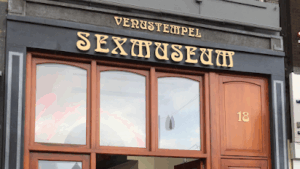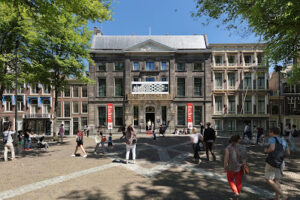Our Lord in the Attic Museum

Introduction
Tucked away in the heart of Amsterdam’s historic center lies the Our Lord in the Attic Museum (Museum Ons’ Lieve Heer op Solder), a captivating testament to the city’s rich tapestry of religious tolerance and architectural ingenuity. Located at Oudezijds Voorburgwal 38-40, this 17th-century canal house conceals a remarkable secret: a fully preserved Catholic church nestled within its attic. This hidden sanctuary offers visitors an intimate glimpse into a time when clandestine worship was a necessity, making it a must-visit for those seeking a unique and immersive historical experience.

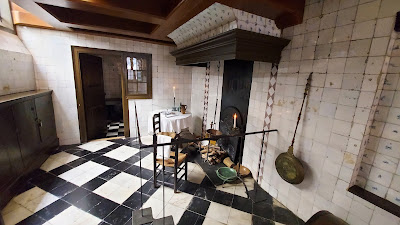
About the Museum
Established in 1888, the Our Lord in the Attic Museum stands as one of Amsterdam’s oldest museums, meticulously preserving the essence of a bygone era. The building itself, constructed in 1630, served as a private residence before its upper floors were transformed into a secret Catholic church between 1661 and 1663. This transformation was a response to the prohibition of public Catholic worship following the Reformation, leading to the creation of “schuilkerken” or hidden churches.
Visitors to the museum embark on a journey through time, navigating narrow corridors and steep staircases that lead to historically furnished living quarters, kitchens, and the awe-inspiring attic church. The church, adorned with ornate decorations and capable of seating up to 150 congregants, stands as a testament to the resilience and devotion of Amsterdam’s Catholic community during a period of religious suppression.
Beyond its architectural marvels, the museum offers insights into the daily lives of 17th-century Amsterdammers, showcasing period furnishings, religious artifacts, and personal items that paint a vivid picture of the era. The museum’s commitment to authenticity and preservation provides an unparalleled window into the city’s complex religious and social history.
Interesting Facts
- Historic Significance: The museum is the second oldest in Amsterdam, opening its doors to the public in 1888.
- Architectural Marvel: The hidden church spans the top three floors of the canal house, ingeniously designed to remain concealed from the outside.
- Cultural Recognition: In 2024, the museum was awarded the European Heritage Label, acknowledging its importance in Europe’s cultural landscape.
- Virtual Accessibility: For visitors with mobility challenges, the museum offers a CoVisit virtual tour, allowing them to experience the hidden church through real-time video and audio connections.
- Living History: The museum occasionally hosts religious services and weddings, continuing its legacy as a place of worship.
Photo Gallery






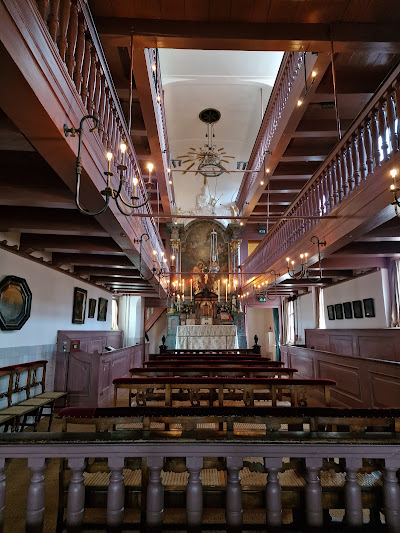
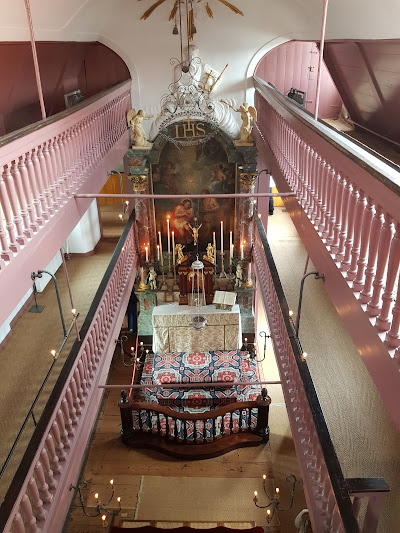

Physical Location
Contact Details
Phone: +31 20 624 6604
Website: opsolder.nl/en/
Facebook: facebook.com/museumopsolder#
Conclusion
The Our Lord in the Attic Museum stands as a poignant reminder of Amsterdam’s enduring spirit of tolerance and resilience. Its unassuming façade belies the rich history and architectural splendor contained within, offering visitors a unique opportunity to step back in time and experience the city’s multifaceted past. Whether you’re a history enthusiast, architecture aficionado, or simply a curious traveler, a visit to this hidden gem promises an unforgettable journey through Amsterdam’s storied heritage.

